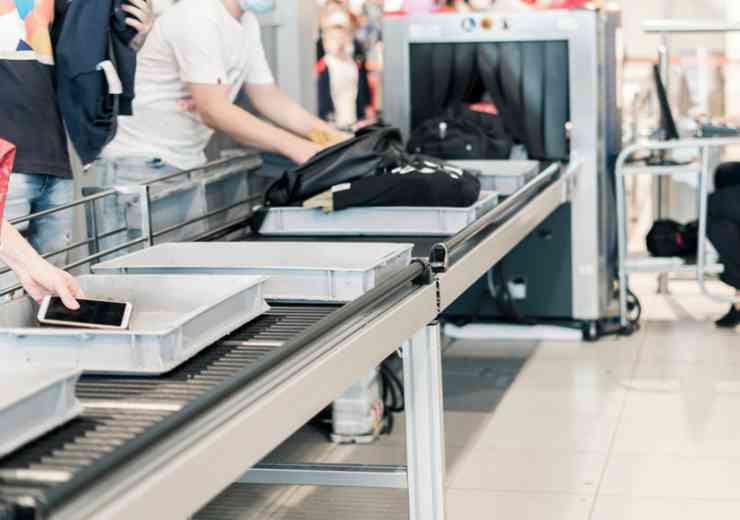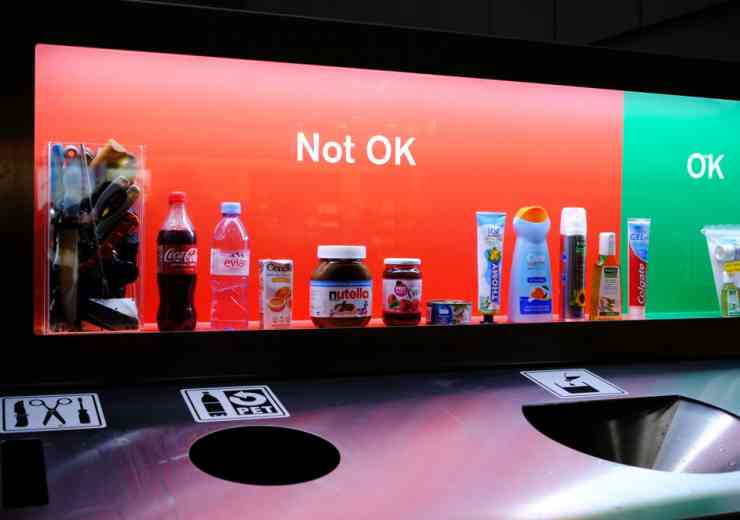
Airport security solutions
Shannon Airport presents a rather complex situation when it comes to security. CTB takes a look at the problems the airport was facing and how these have been addressed
Shannon Airport is the third-busiest airport in Ireland and an important destination and transit point for both passenger and military aircraft. As well as an airport and associated buildings, the site also contains engineering works and is therefore both busy and complex.
Special case
The airport has a particular need for perimeter security because its use by the US military has led to it being a target for incursions and protests. It needed a comprehensive, future-proof perimeter surveillance solution that would also provide real-time situational awareness. The solution also had to scale and grow with the airport’s needs and with advances in technology.
The system that Shannon Airport chose uses high-definition scanning radars and intelligent rules-based software to protect both sides of the perimeter. Management and engineers at the airport worked with the supplier to design a long-term perimeter surveillance system with room for growth. The system is based on the supplier’s wide-area surveillance solution that combines high-definition radars and intelligent rules-based software. The solution can handle complex, active sites where legitimate and illegitimate activity may occur together. It can also handle all weather and light conditions – including fog, snow, bright sunlight and darkness, as well as extreme temperatures.
At Shannon Airport, the original installation was set up to surveil the airport grounds and around 10 metres beyond the perimeter. Three radars were used, which provided perimeter protection and a comprehensive overview of site activity. Over the years, the system has been extended to introduce additional capabilities, such as ‘friend or foe’ – which uses a tagging system to tell the technology whether an activity or vehicle is legitimate or not and to trigger an alarm (or not) accordingly.
False alarms
The system has also been adapted to avoid the problem of alarms being triggered by wildlife. By specifying the size and source location of objects to be detected in specific areas, the number of nuisance alarms has been reduced – though some alarms do remain to provide ongoing ‘proof of life’ for the system.
The system installed at Shannon Airport is AdvanceGuard, provided
by Navtech.
Shannon Airport’s chief security officer John Francis said: “Securing the perimeter is not just about perimeter protection but also about being able to verify whether your perimeter has been breached – and then dealing with it as efficiently and effectively as possible.
“One of our biggest problems has been nuisance alarms – we want to know that if we do have a breach, we can verify it very quickly. The system is integrated with our CCTV system, so it gives us the ability to resolve alarms remotely very quickly and very efficiently. The nearest camera will respond to that alarm and will highlight the type of alarm – which means that you’re not spending an awful lot of time rushing around dealing with false alarms.”
He added: “Beyond the fence, we want to see or have as much advance notice as possible that we may have a potential breach. Occasionally, for example, animals come up beside the perimeter. The system gives us the ability to see what’s approaching the perimeter so as to give us that much advance notice that we can go out and see what’s going on.
“We use beyond-the-perimeter capability just to give us as much advance warning as possible so if we had a potential breach our patrol can go out and see who or indeed what is approaching the perimeter fence. So the system gives us the ability to, I suppose, put in a response – an early warning system, if you like – and to see if we’ve got a potential issue.”
John said: “We were sufficiently impressed that it works in all weathers, whether it’s fog, heavy rain or even snow – and the product is not affected by the elements of the weather. That is a significant advantage, especially if you’re dealing with other technologies, such as night vision, infrared or other technologies that wouldn’t be as effective or would be affected by atmospherics.”

















